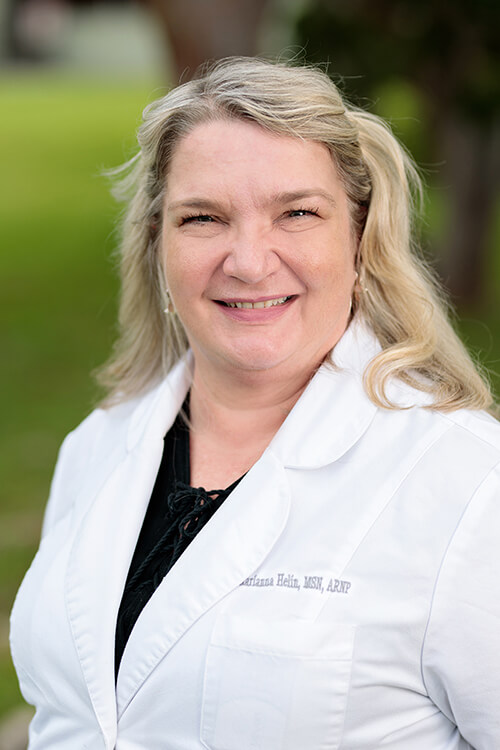
You should know the options available to you if you have a brain aneurysm. This article will explain the risks and benefits of treatment as well as provide information about the OHSU Brain Institute's expertise treating brain aneurysms. It also addresses the effectiveness of different aneurysm treatments.
Treatment of aneurysms is effective
The effectiveness of aneurysm treatments can be evaluated based on several different outcomes, including complete or near-complete occlusion. An independent observer will determine the primary efficacy outcome, which is a mRS score between two and more. The number of recurrences occurred in the followup period is another measure of effectiveness.
One study examined the occlusion rate of complex wide-neck bifurcation aeurysms. The majority of aneurysms remained occlusive six months after surgery, according to the study. The angiographic appearance also remained stable or improved. However, it also showed that a small minority of aneurysms recurred during long-term follow-up.

Risk of rupture
There are different types of aneurysms, so the risk of rupture varies. Aneurysms in vertebral and basilar arteries, the vertebrobasilar junction and the vertebral vein have greater risks than those in anterior circulation. Patients with aneurysms greater than 10mm in size are at increased risk.
Smoking and alcohol abuse are other risk factors. Aneurysm rupture could result from the damage that cigarettes can cause to the arteries. It is possible to also rupture if you have high blood pressure. Larger aneurysms can rupture without warning. Patients with aneurysms in the posterior communicating artery are more likely to experience rupture than patients from any other part.
Procedures to treat aneurysms
There are two types of aneurysm treatment: endovascular coiling and open surgery. Open surgery is more invasive, while endovascular coiling is a minimally invasive procedure. Both require the passage of a catheter through the blood vessels.
This procedure involves inserting the catheter through the neck of aneurysm. Then, the coil will be shaped like springs. Once the coil is in place, it will help seal off the opening of the aneurysm. Sometimes multiple coils are necessary.

Expertise of the OHSU Brain Institute on treating brain aneurysms
The OHSU Brain Institute has extensive expertise in the diagnosis and treatment of brain aneurysms, which are balloon-like masses that develop in the arteries of the brain. They can rupture and cause life-threatening hemorhage in the brain. Fortunately, some of the country's most respected experts on brain aneurysms are located at the OHSU Brain Institute.
Aneurysms are weakened areas of the artery wall that can rupture at any time. Aneurysms can be as small as a few millimeters in size to as large at a quarter. Although they can be found anywhere in the brain or the base and skull of the skull, the majority are found along the arteries. Saccular aneurysms are attached to arteries by stems. They can be narrow or wide necked.